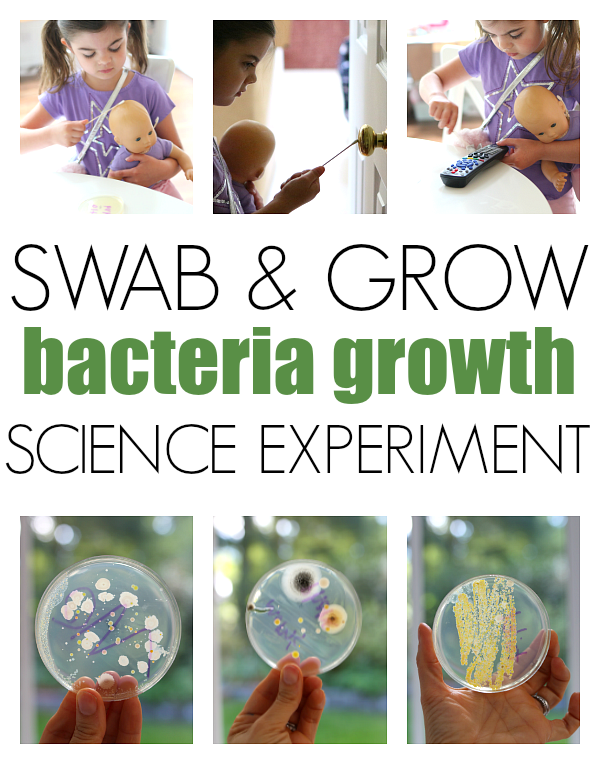 Science at home doesn’t have to be hard. This bacteria growth experiment was a cinch! It’s all because I found the right kit.
Science at home doesn’t have to be hard. This bacteria growth experiment was a cinch! It’s all because I found the right kit.
This post contains affiliate links. When I was looking for fun STEM-themed activity kits to check out with my kids this summer, I discovered this Amazing Bacteria Science Kit and that it was totally affordable! Your kids are going to love this bacteria growth experiment. I haven’t been this excited about a science experiment in ages, and my daughter was pumped too. I never thought you could get all the stuff needed like Petri dishes filled with agar on Amazon, but you can! Here is the link for the kit we used or just click on the photo below.
So here is what we did. We kept it simple because it’s summer, and the school year is intense for my kids, and I try to really back off during the summer. Reading, experiences, and I try to slip in math too but nothing it too structured. That’s why exciting kits like this one are such a fun way to explore science at home.
We opened the kit and looked at all the stuff; it came with a great easy to read ( my six year old read it to me) instruction sheet and everything you need except a warm table lamp.
We decided on what we wanted to swab to see how dirty it was and used a sharpie to write it right onto the Petri dish lids.
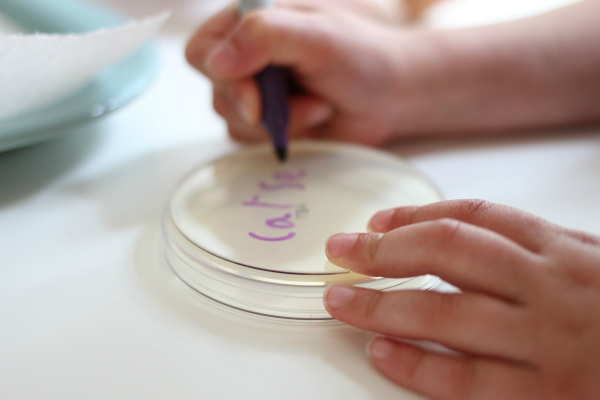
Here is our list:
Toilet
Doornob (bathroom)
The Sink
My phone
The Remote
My son’s Carseat
My daughter’s Bitty Baby
My son’s head
My daughter’s head
Next, we used the sterile swabs to get the samples. 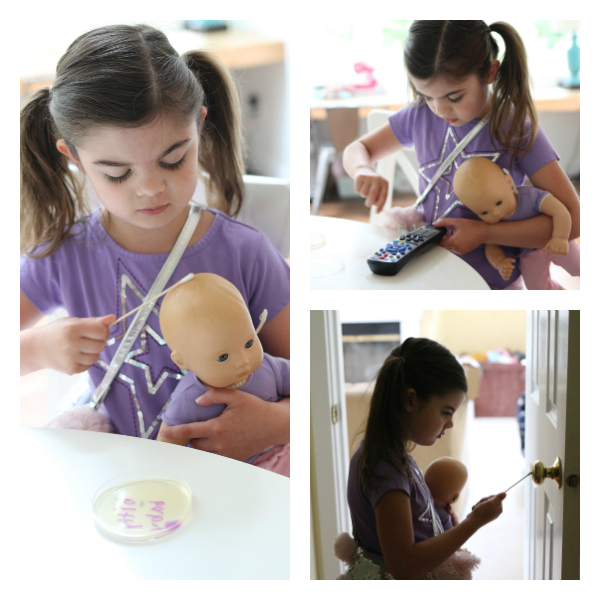
We spread it onto the agar. 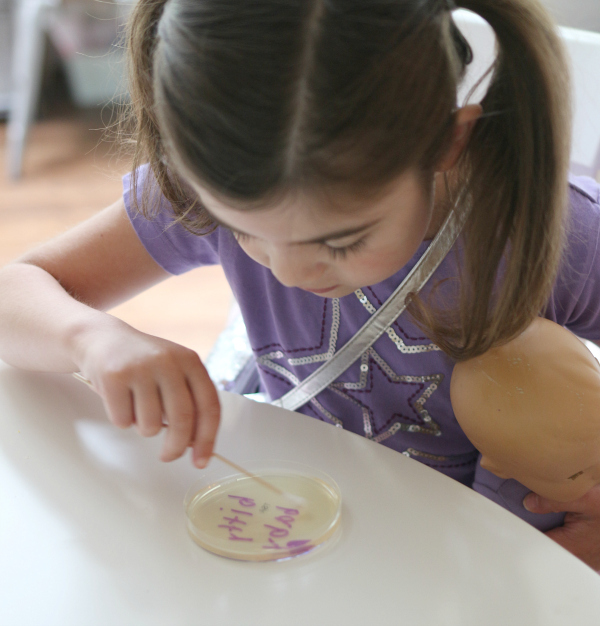
Closed them all up and put them under a lamp. 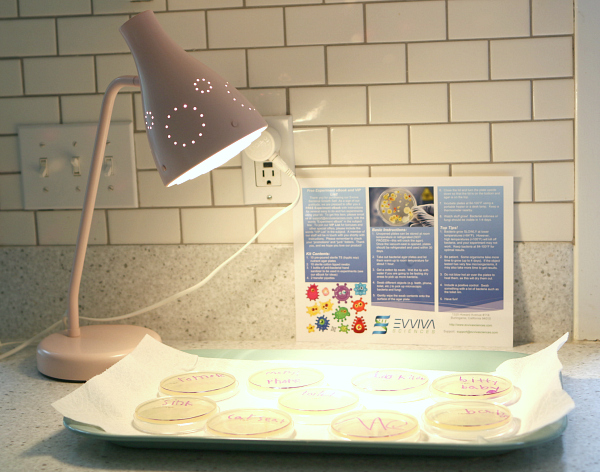
We made some predictions. We both thought that my son’s old car seat would be the yuckiest, then the sink, and I will admit I was very worried about my phone.
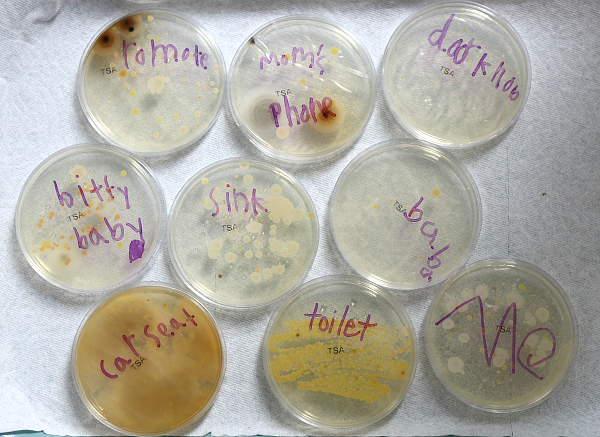
We had them under it for a full 24 hours before anything grew. Five days later this is what we got: The car seat was the bacteria that grew the fastest and covered the most of the agar.
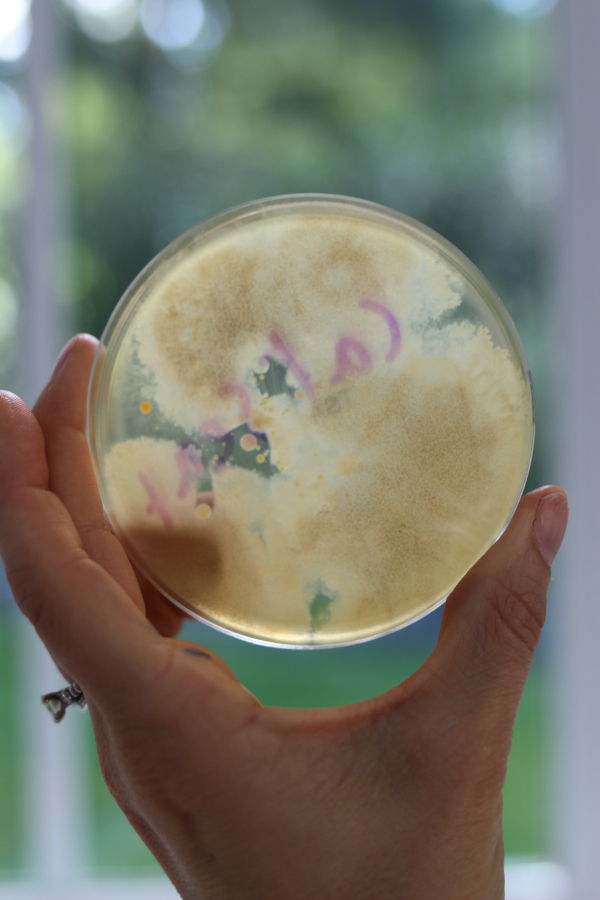
The car seat was the bacteria that grew the fastest and covered the most of the agar.
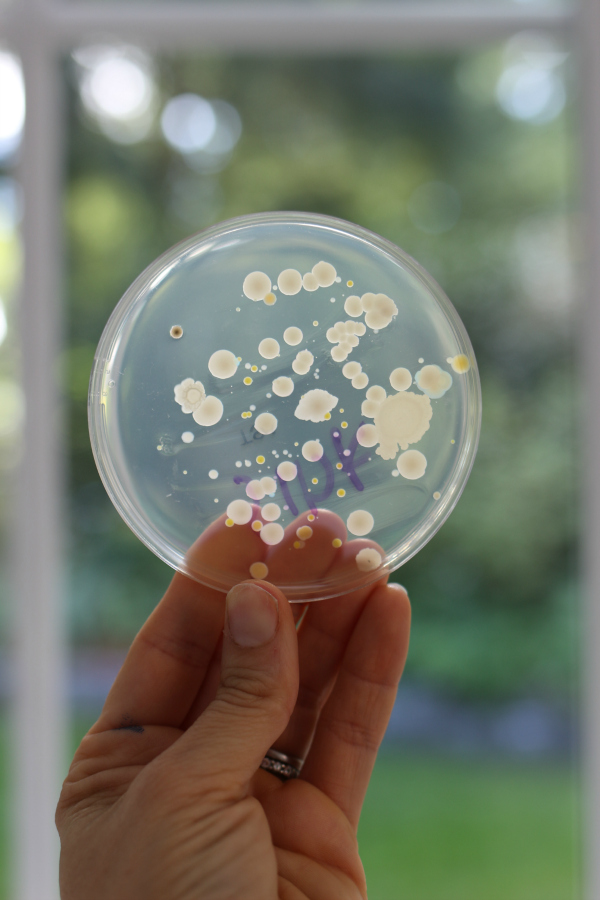
The sink wasn’t as bad as I thought but you can bet I will be cleaning it more thoroughly from now on. 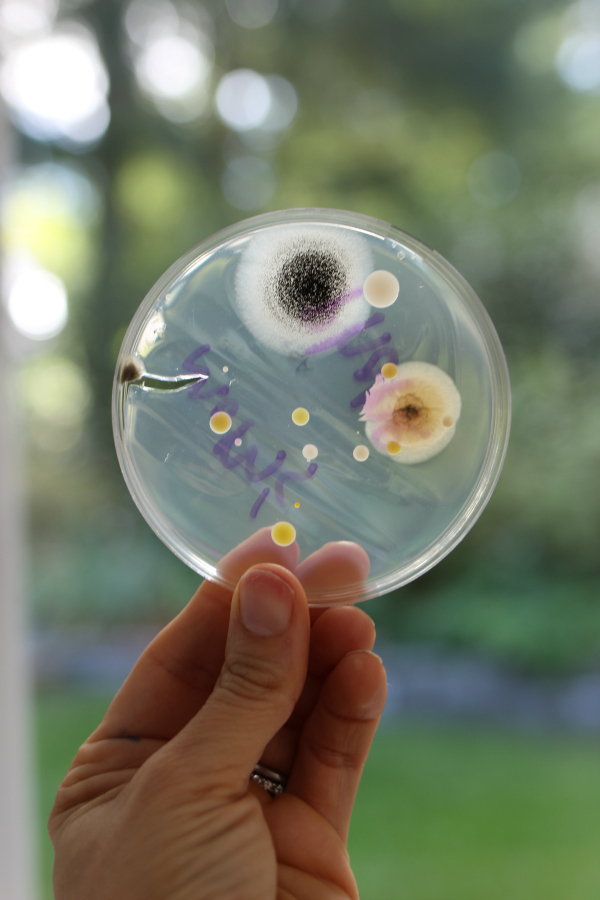
My phone was pretty gross.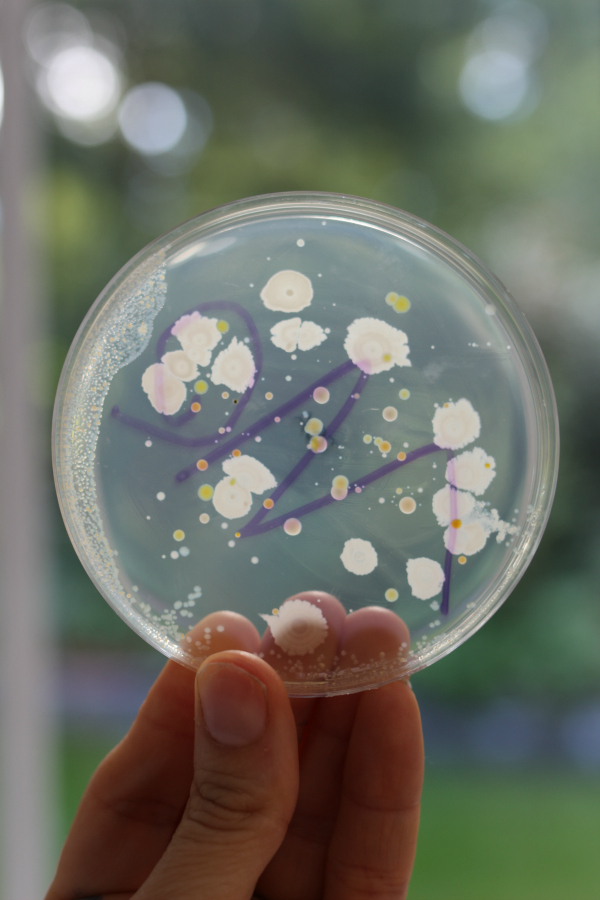
So was my daughter.
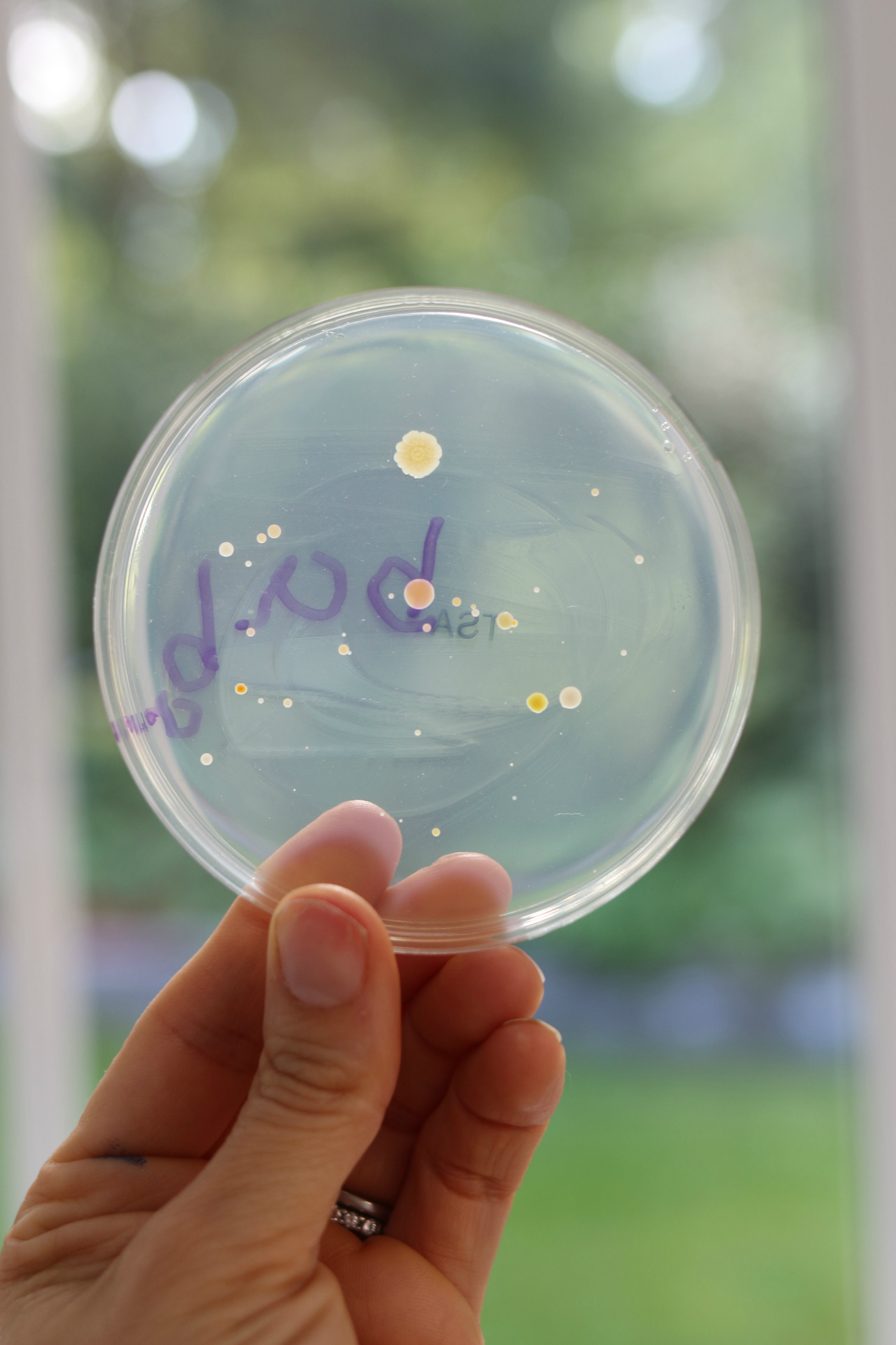
Surprisingly my son came out super clean, and the bacteria that did grow took forever.

We did compare the results with images we found online and got a few definitive results, this is my one complaint about this kit, that there is no way to identify the bacteria in the samples. There is an optional e-book that I completely forgot about so maybe it’s in there… my kids loved it without this step, and Google image searches will provide you with the horror for free!
Please note – when I originally posted this I failed to include how to dispose of these – but an educator ( and friend) noted this when I shared on my facebook page. Please read: ” Make sure you take proper steps when disposing of the dishes. They must be placed in a biohazard bin, put through an autoclave, or burned. They don’t just go in the trash can, and you should never open them up after you swab them.”
This bacteria growth science experiment is part of my Summer STEM Lab series of posts aimed at school age kids. You could absolutely do this science experiment with preschoolers but I wanted to share some of the STEM fun I am having with my 6 and 9-year-old this summer here on the blog so I created this series. Hopefully, by next week I will have our new Playroom Maker Space finished and ready to share.
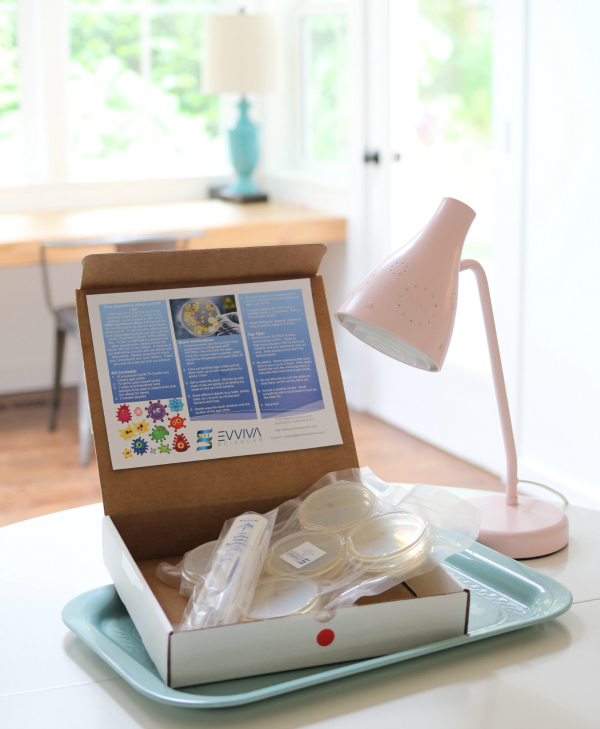
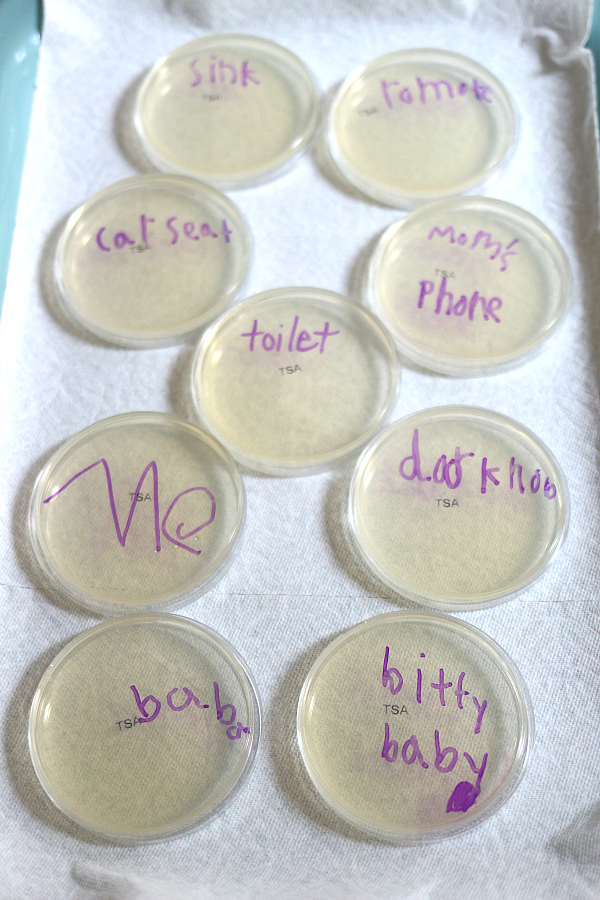


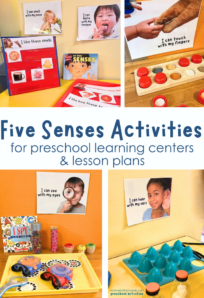

Robin says
Hi! Great experiment! Can you tell me if you remembet using a special light bulb in your lamp to grow the bacteria? Thank you so much!!!
Allison McDonald says
It was just a regular light bulb on a warm area of our kitchen.
Carlos says
Where did u find the agar?
Allison McDonald says
It comes in the kit that I linked.
Amos says
We are growing bacteria on our own without a kit. Growth is great and I’m trying to figure out what exactly we are growing. I’d like to have my kids match the image on the computer to the Petri dish – but I’m having a hard time finding a identification chart. Were you able to find something?
Mindy Petersen says
Hi! I appreciate your post. My 3rd grader is attempting this project for her science fair this weekend. Did yours have condensation at all in the plates? We did the swabs Monday and it is now Thursday and nothing has grown. 🙁 We are sad. And hope it hasn’t been botched….
Melissa says
Can you use the agar more than once? Or is there enough to use several times?
Allison McDonald says
I don’t think you can and it comes with 8? I think.
Denise Sanders says
How did you dispose of the plates that have bacteria growing on them?